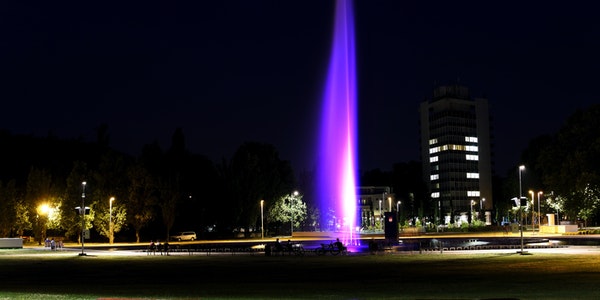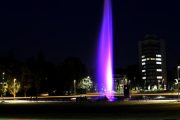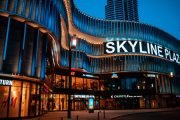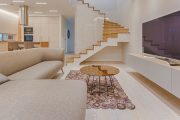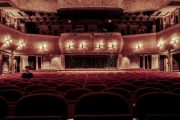Landscape Sculpture Lighting
The lighting design of landscape sculpture is based on the premise of not affecting the pattern, shape, color and material of the sculpture itself, so as to show the aesthetic beauty of the sculpture as much as possible, and coordinate with the surrounding garden landscape.
1. The form of sculpture
two-dimensional sculpture
For two-dimensional sculptures, such as ancient building walls and ancient stone tablets, there is generally only one viewing angle. The specific lighting design method needs to be determined according to the lighting theme to be emphasized. 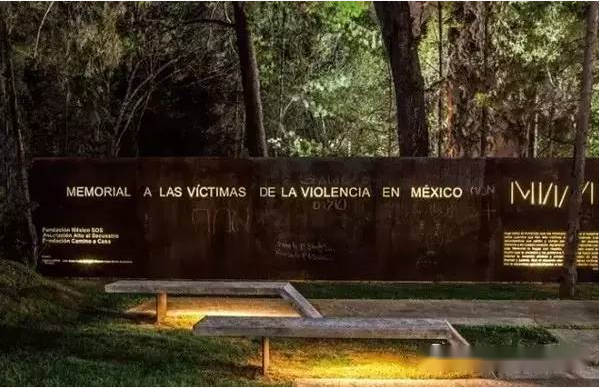
If the illuminated sculpture has some unique texture, using a close-up “tangential” lighting technique can create a dark side in the texture and create a better three-dimensional effect. If the main emphasis is on the pattern or appearance of the sculpture, LED floodlights are generally used to illuminate the sculpture as a whole.
3D sculpture
For three-dimensional sculptures, the lighting arrangement should consider its multi-angle, such as three-dimensional statues and structures. Lighting from different directions with certain changes should be used to form basic chiaroscuro and enhance the three-dimensional effect.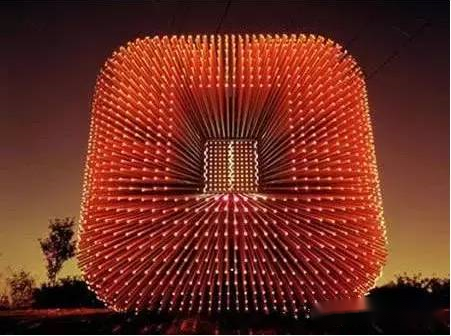
Multiple line-of-sight angles provide a broad selection space for the creation of sculpture night scenes, and different visual effects can be created at different positions in the lighting design.
Whether it is a three-dimensional sculpture or a two-dimensional sculpture, the brightness of the object to be illuminated should be reasonably determined, and a suitable contrast should be maintained with the brightness of the background, and the lighting scheme and the lighting method should be determined according to the theme, posture, and reflective characteristics of the surface material of the sculpture.
2. Sculpture lighting method and lamp position design
Sculpture lighting design mainly adopts the technique of narrow beam flood lighting design. The LED flood light is installed on the ground, and the selection of the lighting focus mainly depends on the type and appearance of the illuminated sculpture. The purpose of floodlighting design is to illuminate the whole sculpture, but the lighting should not be uniform. The technique of sculpture lighting design is to rely on the light and shadow and the brightness difference of each part to highlight its shape and body, and to avoid the direction of tourists’ sight to prevent glare from interfering with people.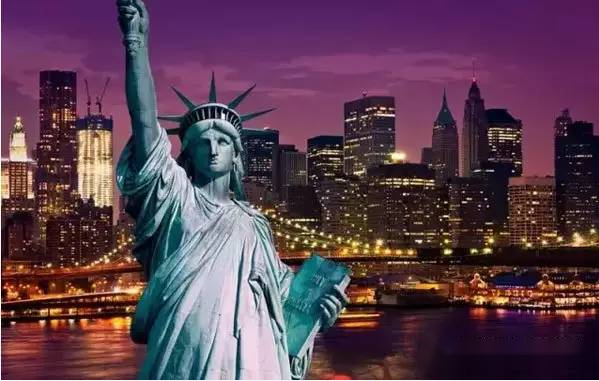
Regarding the design of the position of the lamps, the following three requirements should be met: the first is to ensure the need for lighting projection, the second is to be as concealed as possible, and the third is to avoid the generation of glare.
Low-profile sculptures generally use wide-beam floodlights. Towering sculptures require the use of narrow beam spotlights. The installation location can use buried lamps and peripheral high poles to project light, or install small floodlights in the sculpture structure belt, and pay attention to the concealment of the lamps during the installation process.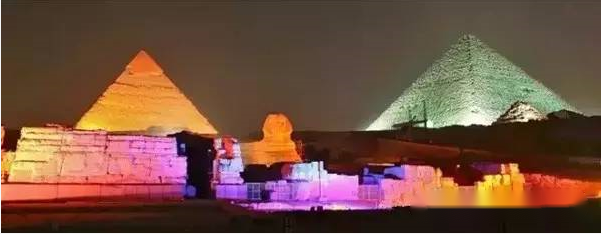
The lighting method should be combined with the structural form and material of the sculpture body, and the proper use of light is the basis for a good lighting effect. For stone structures with simple geometry like the Egyptian pyramids, flood lighting from a distance is the most feasible means.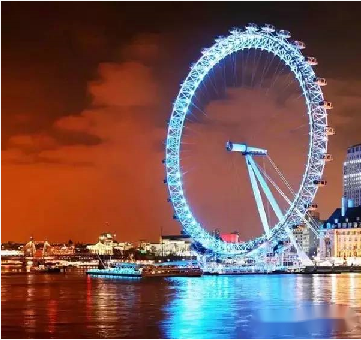
However, layering and illuminating lamps according to the structure will add icing on the cake to the sculpture body, and can also properly express the charm and artistic beauty of the sculpture. For example, in London, England, the lighting of the different structural belts of the giant Ferris wheel. According to the characteristics of the steel structure grid of the Eiffel Tower in Paris, lamps are set at the nodes of each grid frame on the tower body, and the entire steel structure main body is illuminated brightly and transparently by means of floodlighting.
Precautions
The lighting design of landscape sculpture is best to use front side light. The orientation of the front side light should generally be greater than 50 degrees, and less than 60 degrees is the most suitable.
The following situations should be avoided:
- Avoid strong pitching light, including positive uplight and positive downlight, especially the upright and downright strong light with almost equal intensity. This kind of strong light not only destroys the image but also may cause a sense of terror.
- Avoid smooth light, which is also a positive light, which will make the sculpture lose its three-dimensional sense.
- Avoid positive side light, which leads to the bad visual effect of “spotted face”.

